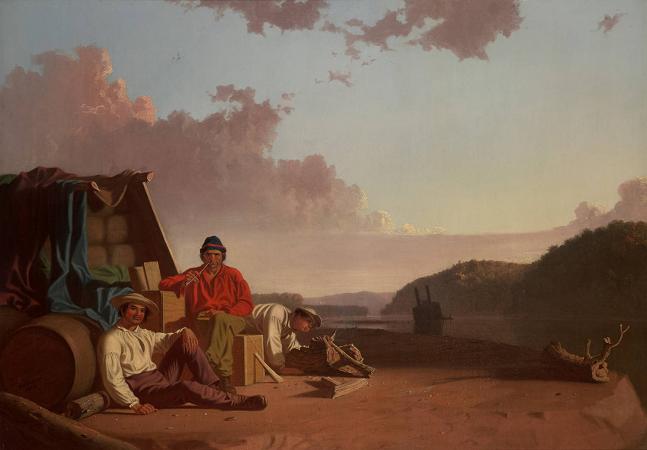State Historical Society of Missouri. The State Historical Society of Missouri, a private membership and state funded organization, is a comprehensive research facility located in Columbia, Missouri specializing in the preservation and study of Missouri's cultural heritage. Established in 1898 by the Missouri Press Association and made a trustee of the state in 1901, the Society is the official historical society of the state of Missouri and is located on the campus of the University of Missouri in Downtown Columbia, Missouri. The Society publishes the quarterly Missouri Historical Review, the only scholarly academic journal produced in the state. The Society engages in a number of outreach programs to bring Missouri's history to the public. Such programs are the Missouri History in Performance theatre, the Missouri History Speakers' Bureau, and the Missouri Conference on History. The collection of the Society, concerning pamphlets, books, and state publications, is over 460,000 items. In addition, the Society has over 500,000 manuscript items, 2,900 maps, over 150,000 state archival records, and over 57,000 reels of microfilm. In 2011, the Western Manuscript Collection, accessible in Columbia, Kansas City, Rolla, and St. Louis, Missouri, specializing in the preservation and collection of Missouri and Middle West history, was absorbed into the Society. Established in 1898, discussion of founding an official state historical society had begun a few years earlier but did not gain substantial backing until the topic was raised at a January 1898, meeting of the Missouri Press Association. Two of the chief supporters were Edwin W. Stephens, later first president of the Society, and Walter Williams, founder of the Missouri School of Journalism, and a third, Isidor Loeb, a member of the University of Missouri's history and political science faculty. At the January meeting, the proposal met with support of the members and a committee was established to draw up a constitution and bylaws for a historical society that would serve the state of Missouri. In this formative period of the Society's underpinnings, Stephens and Williams sought and received great support from the University of Missouri. Such was the support, that the not yet formed Society was given space in present-day Jesse Hall. Progress advanced quickly and only four months later, at the association's annual meeting on May 26, the Missouri Press Association voted to create the State Historical Society of Missouri, and named Stephens as its president, as well, Williams as its secretary. Never intended to exist outside of the state's governance, the Society's leaders sought to see the formal adoption of the historical society by the state. In just under a year, their lobbying efforts were awarded by the passage of a bill by the Fortieth General Assembly, signed into law on May 4, 1899, by Governor Lon Stephens, which established the Society as a trustee of the state. However, the Society did not receive its first appropriation until 1901. That amount was $4,500 dollars, intended to service the Society from 1901 to 1902. The 1899 bill stated precisely the duties of the new state historical society: It shall be the duty of the Society to collect books, maps, and other papers and material for the study of history, especially of this state and of the middle west; to acquire narratives and records of the pioneers, to procure documents, manuscripts and portraits, and to gather all information calculated to exhibit faithfully the antiquities and the past and present condition, resources and progress of this state. Initially, newspapers formed the nucleus of the Society's collection, due in fact to the close relationship with the state's newspaper editors. Membership could be gained for such men by the annual donation of their papers, and after ten years, a lifetime membership granted. Secretary Loeb quickly sought to expand the collection further, putting out a request to citizens of the state for all types of items, both public and private, and including Indian relics. The collection received a noted boost in 1901 by the donations of the new secretary, Francis Asbury Sampson, which consisted of nearly 2,000 books and just over 14,000 pamphlets. Additionally, he convinced the Sedalia Natural History Society to donate an equally considerable collection of books and pamphlets, as well maps and charts. In the same time period, the Society prepared an exhibit on the state's newspapers for the 1904 St. Louis World's Fair and began the first publications of the Missouri Historical Review.
more...



